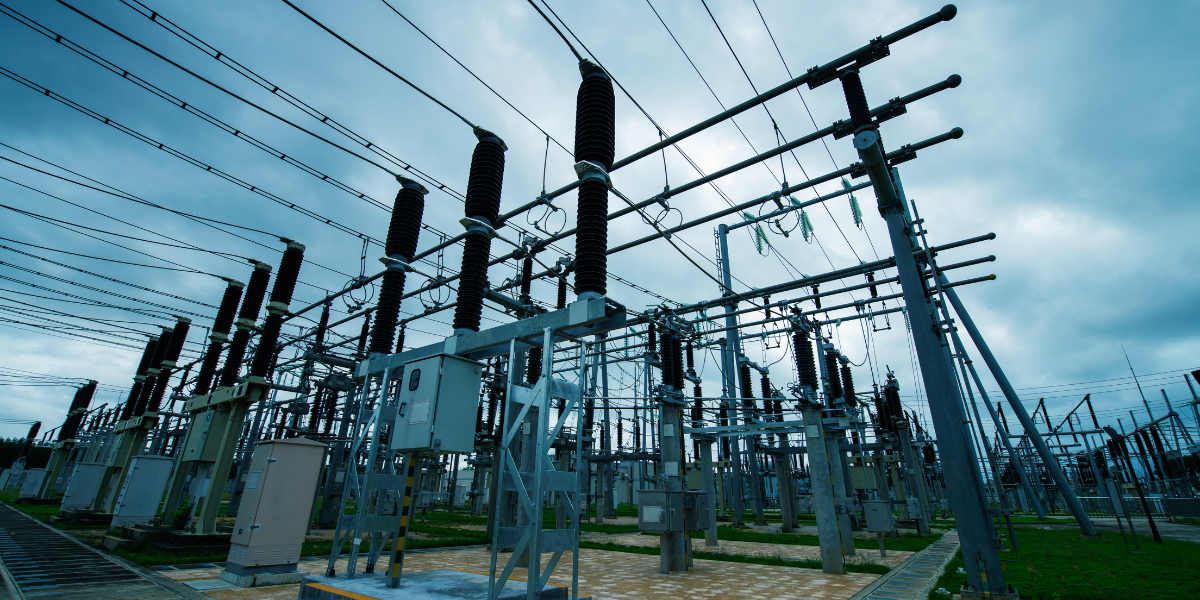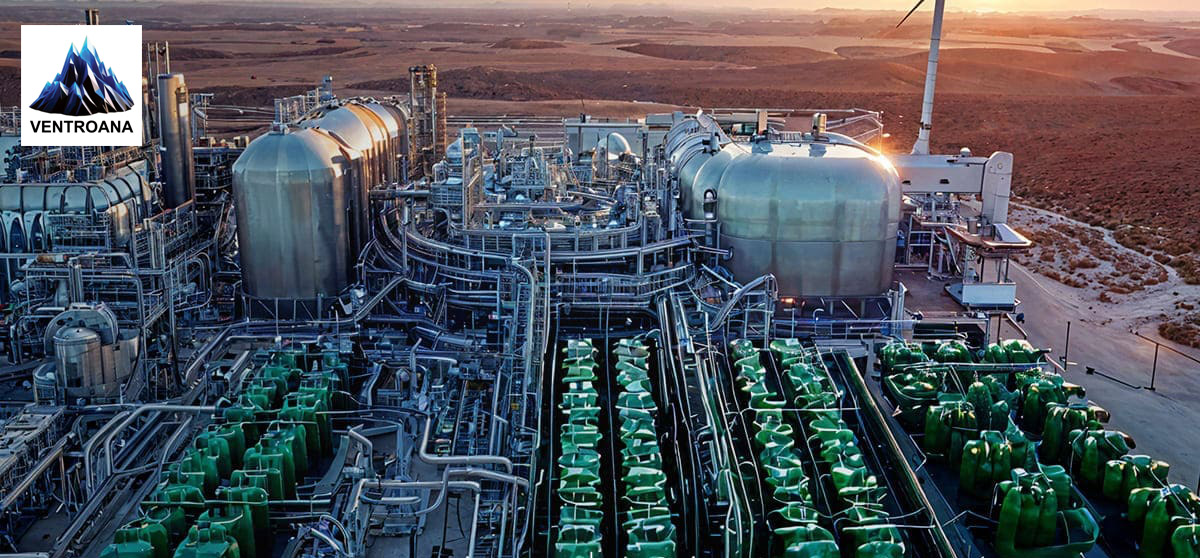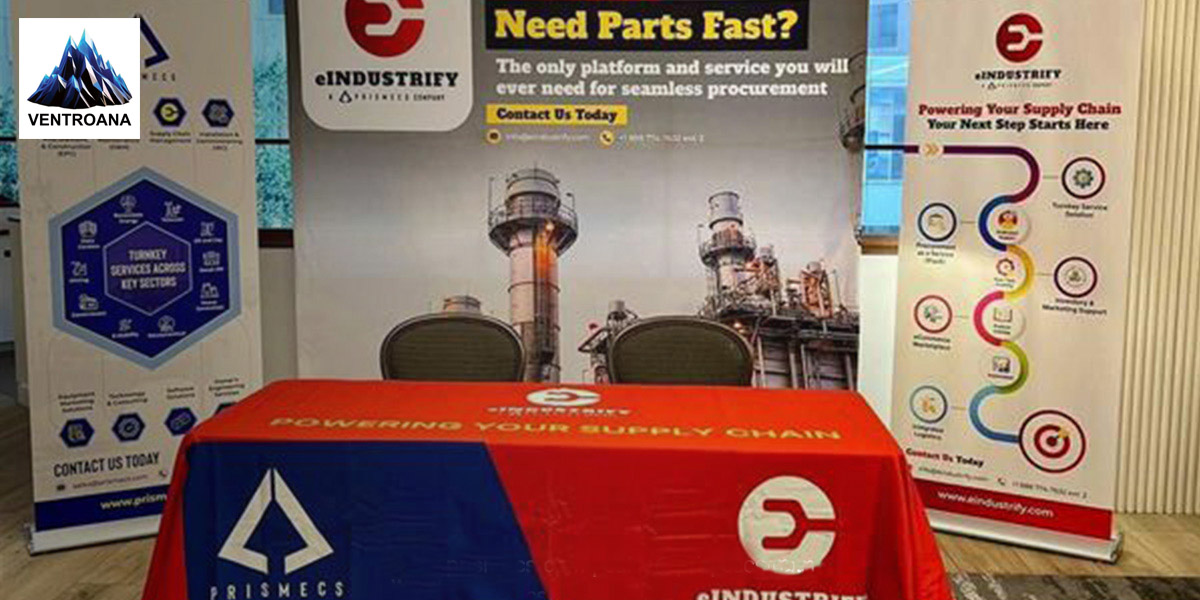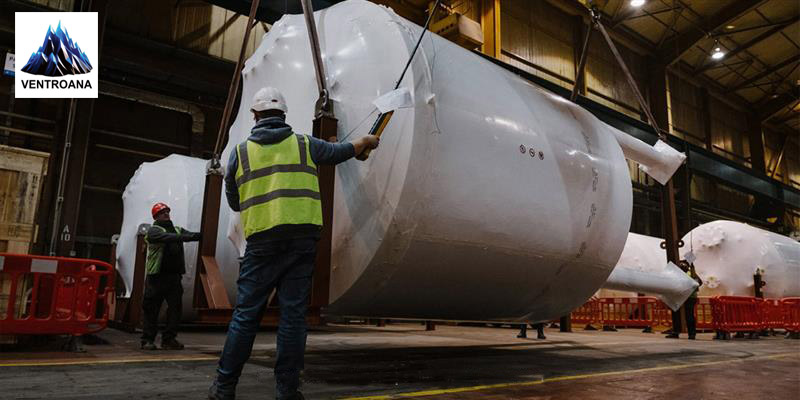Microgrid
February 06, 2024

A substation is an essential component of any electricity grid. The successful operation of the sub-station has a significant impact on supply continuity. As a result, companies must exercise extreme caution when designing and constructing substations. The following sections are important considerations while planning a substation layout.
A substation is an assembly of apparatus used to modify the characteristics of an electric supply (e.g., voltage, A.C. to D.C., frequency, etc.).
Substation importance:
It is advisable to place it in a suitable location, preferably towards the load's center.
It should provide a safe and reliable plan for maintaining abnormal occurrences such as the danger of explosion or fire, among other things. We must take design and restriction into account for reliability—provision of appropriate protective equipment, etc.
It should have a low initial investment.
The following are the service requirements:
The substations are classed as follows based on their constructional features:
The substation is located indoors.
The substation is located outside.
Substation underground.
Substation on a pole.
A distribution substation is a substation that distributes electricity to different consumers. There are many incoming and outgoing circuits in a substation, each with its isolator, circuit breaker, transformers, and other components connected to the busbar system.
A significant factor is the Substation Protection Equipment as well as working individuals. We can do it by using lightning arresters, equipment earthing, and fencing.
The following are the equipment used in Substation Protection Equipment:
The circuit breaker is the first Substation Protection Equipment used to cut off the power supply immediately when some fault occurs in the switch or board. It can detect and remove problems in a fraction of a second, limiting damage at the point of failure.
The circuit breakers interrupt extremely high fault currents, which can be ten times more than the regular operating currents.
A Substation Protection Equipment’s lightning arrester is a critical safety device protecting valuable equipment and workers. During lightning, it arrests and discharges overvoltage to the ground. These are present between the line and the ground near the system.
Substation Protection Equipment, the distribution transformer is the largest and most important piece of equipment at a distribution substation.
It is a static electrical device that uses electromagnetic induction to take down the primary voltage to secondary voltage between phases and 215 volts between phase and neutral without changing the frequency.
The primary purpose of an insulator is to protect live cables or equipment from high voltages while also providing mechanical support to the ground structure. Providing proper insulation in a substation is critical for Substation Protection Equipment in terms of supply dependability and staff safety.
When currents are very strong, a busbar is a conductor used to connect two or more pieces of equipment situated side by side. Outdoor busbars come in two types: rigid and strain-in Substation Protection Equipment.
Pipes link the various pieces of equipment in the rigid kind. Strain-form busbars are an aerial system of cables strung across two structural supports and supported strain-type insulators. The clearances stay constant because the busbars are stiff Substation Protection Equipment is in their positions.
A series-parallel arrangement of capacitors is necessary to boost the system's power factor. Substation Protection Equipment functions as reactive power generators, supplying the power required to complete the circuit's active power. This removes reactive power and, as a result, total power (kVA) or demand.
The provision of an effective, long-lasting, and dependable earthing system in a substation and switching station is critical for the safety of workers and electrical equipment. The voltage levels do not exceed acceptable limits. The earth connection is sturdy enough to dissipate the fault to the ground done to Substation Protection Equipment.
Earthing connects electrical objects to the earth's general mass and has very little resistance.
We can stop unauthorized persons and cattle from entering the outdoor substation yard by fencing. It needs to be grounded/earthed individually. Fencing should not be lower than 1.8 meters in height. This is also the main point for Substation Protection Equipment. Fencing should be painted with appropriate paint once in two years.
The control room houses the distribution panelboard, including MCCBs, control devices, meters, and arrays. An earthing conductor has to link the panel frame to the earth grid. In front of the panel, we must place a rubber mat of the specified size and quality.
A protective device is a type of equipment used in electric power systems to detect abnormal circumstances and take appropriate corrective action.
Substation Protection Equipment that detects abnormal and intolerable circumstances and takes appropriate corrective action. Lightning arresters, surge protectors, fuses, and relays, as well as circuit breakers, reclosers, and other devices, are examples of these devices.
Disorders in the normal operation of power systems occur from time to time. Natural phenomena such as lightning, wind, or snow; falling objects such as trees; animal contacts or chewing; unintentional means traceable to reckless drivers, careless acts by plant maintenance personnel, or other human acts; or system-generated conditions such as switching surges, load swings, or equipment failures.
When problem conditions arise, Substation Protection Equipment should implement power systems to ensure electrical service continuity, prevent injury to people, and limit damage to equipment. Protective devices are helpful in proportion to the level of protection sought or required for the specific system.
Ventro Analytics provides a variety of substation protection equipment configurations. Don't hesitate to get in touch with us right away for more details.
Contact Us at + 1 888 7747632 or sales@ventroana.com to discuss your industrial processes and how our experts can assist you. Contact Us
Tags: ["Components of Substation Protection Equipment" "Substation Protection" "Protection Equipment"]

Successful Implementation of Green Hydrogen in Power Plants
Discover how green hydrogen revolutionizes power plants with sustainable energy solutions, reducing ...

Driving Innovation and Resilience: Insights from the 10th Annual Energy Supply C...
Gain insights on driving innovation and resilience at the 10th Energy Supply Chain & Procurement Sum...

Understanding EPC Engineering: Key Concepts Explained
Discover the essentials of EPC Engineering, covering contracts, project phases, and roles of EPC con...